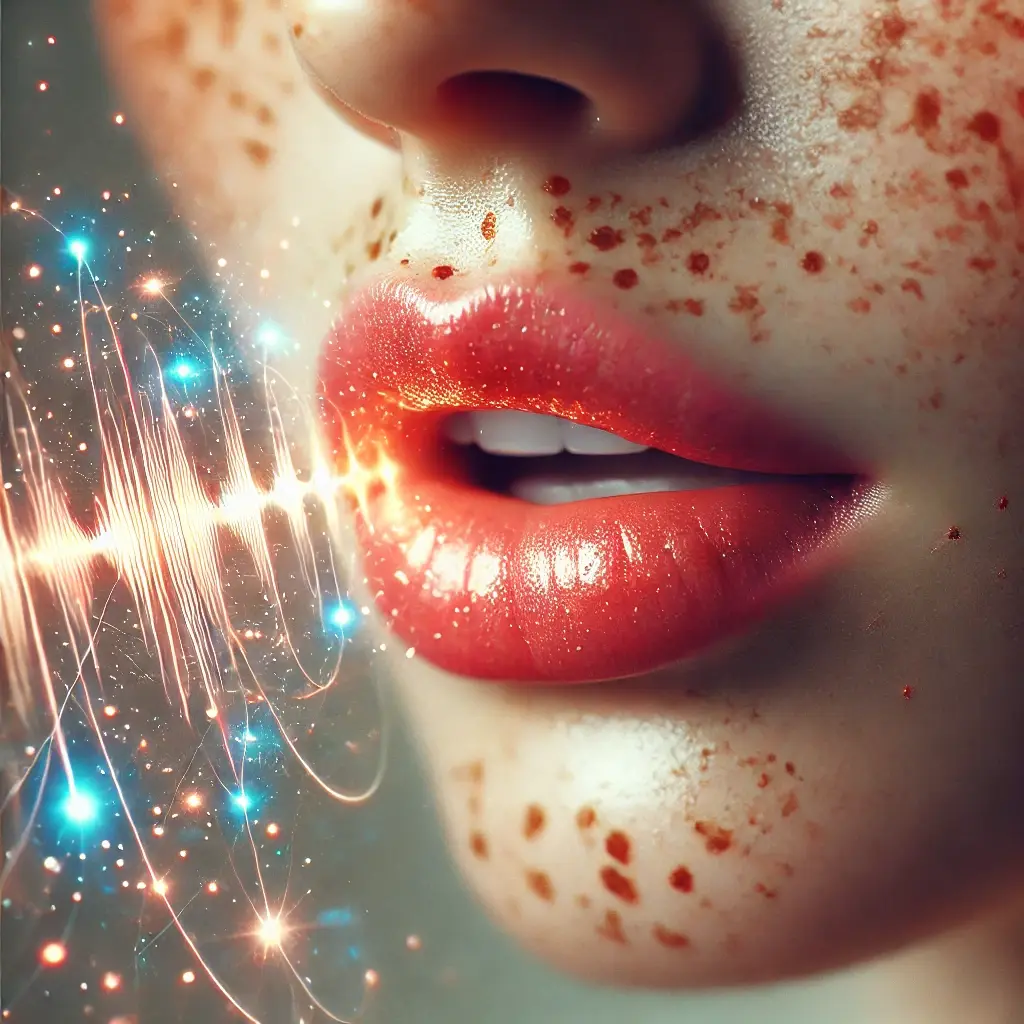
Linguistic Archetypes: Why Do Some Words Exist in All Languages?
1. "Mama" and "Papa" – Universal Words That Bridge Cultures
Ever noticed how "mama" and "papa" sound almost the same in so many languages? From English "mom" to Chinese "māma" and Arabic "mama"—it's no accident. Researchers explain that these words come naturally from infant babbling. Babies easily produce sounds like "m" or "b" combined with open vowels like "a," which leads to those familiar repeating syllables. Parents, in turn, interpret these sounds as referring to themselves, creating a universal language of closeness and care. It's linguistic evolution at its most primal—when the basic need to connect leads to the same solutions everywhere.
Georgian is a quirky exception, where "mama" means father and "deda" means mother. Still, the syllable patterns are familiar. Anthropologists say these early words act as a social glue, bonding families and communities. Many cultures also create affectionate versions by doubling sounds, like "mommy" or "dada," making these words even more deeply rooted in our collective vocabulary.
What if these words weren’t so universal? Simple things like cross-cultural greetings might get awkward fast. These little words act like a linguistic API, opening doors wherever you go. Sometimes the simplest words are your best passport to connection.
2. Onomatopoeia – How Nature Shapes Language
Buzz, bzzz, ブーン (būn)—bees sound pretty much the same in any language. Why? It's all about physics and how human mouths work. When we mimic dripping water, plosive sounds like "t" and "k" naturally pop out, giving us "tick-tock" in languages worldwide. It’s what linguists call iconicity—when sound mirrors meaning directly.
But not all onomatopoeia are the same across cultures. For instance, Japanese dogs say "wan-wan," while in English they go "woof-woof." This shows how culture tweaks how we hear and describe sounds. There's also the famous "bouba-kiki" effect—most people, regardless of language, link the word "kiki" with sharp shapes and "bouba" with round ones. Even abstract sounds seem to carry shared associations.
Today, onomatopoeia is thriving online. Emojis like 💥 and 🌧️ act as digital sound effects, but old-school text sounds like "sksksk" still dominate memes and chats. Even in the digital age, our instincts for sound and play are alive and well.
Fun fact: You can create plenty of new words just using the letters from "onomatopoeia."
3. Yes and No – Language’s Universal Binary
Every language has ways to say yes and no, and surprisingly, they often sound alike. Studies show that "yes" tends to use nasal sounds or front vowels—like the "m" in "mm-hmm" or the "i" in Japanese "hai"—while "no" relies on "n" sounds, as in English "no" or German "nein." These sounds stand out clearly in conversation, helping people react quickly.
Some languages don’t have direct words for yes and no. Mandarin, for example, repeats the verb to affirm or deny, while Irish uses phrases like "Is ea" and "Ní hea." Still, borrowed words like "OK" or "no" sneak into daily speech—proof that our need for simple, binary replies runs deep.
Online, these responses take on new forms—👍 and 👎 or the casual "yep" and "nope." In some cultures, saying "no" can still feel tricky. In Japan, a direct "iie" (no) is rarely heard, which can make conversations more subtle. Even with universal words, culture always leaves its mark.
4. Child Language – The Cradle of Universal Words
Babies across the world babble the same sounds—"baba," "gaga"—no matter what language their parents speak. It suggests we all start with a kind of built-in "proto-dictionary" of easy-to-make sounds that form the base of every language.
Experts say this comes down to mouth mechanics. Babies master lip sounds first ("mama"), then tongue sounds ("dada"), and later more complex throat sounds. That’s why many kid-friendly words rely on doubling sounds—like "choo-choo" for a train or "pee-pee" for bathroom talk. Even in sign languages, kids’ first signs often refer to basic needs like food or parents.
Could it be that all languages evolved from these simple childlike sounds? Maybe. Even today, trendy neologisms like "selfie" use short, catchy structures—proof that language still loves to play like a child.
5. The Future of Universal Words – Will Emojis Replace Them?
Will new global words keep emerging? Emojis already act as universal symbols—❤️ and 😂 are understood everywhere. Yet even these aren’t always universal—🍆 might mean eggplant in Asia but... something very different in the West. Universal meanings always depend on context.
Linguists watch as new "world words" are born. "OK" has lasted over 200 years; "selfie" went viral worldwide in just a decade. Their secret? Simple sounds and clear meaning. Even modern slang like "like" or certain interjections work like classic universals—easy to slip into any sentence and packed with emotion.
Will AI create new universals? Maybe. Algorithms like GPT are already shaping how we write and speak. Perhaps future languages will blend sounds, gestures, and symbols in ways we can’t even imagine yet. But one thing’s for sure—our craving for simple, intuitive signs will outlive every digital revolution. After all, "mama" will always be "mama," even if it’s a robot saying it.
2025-01-23, Category: Scrabble Miscellany